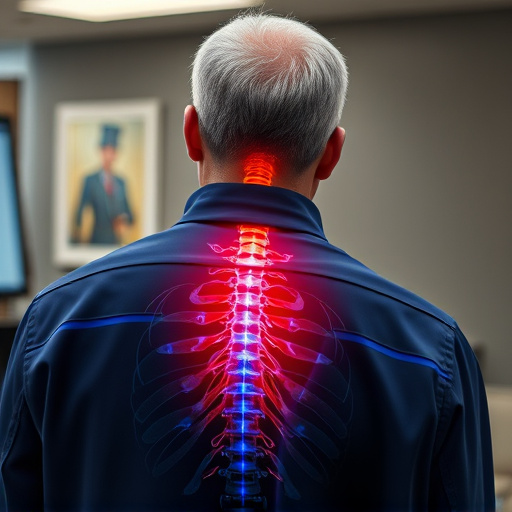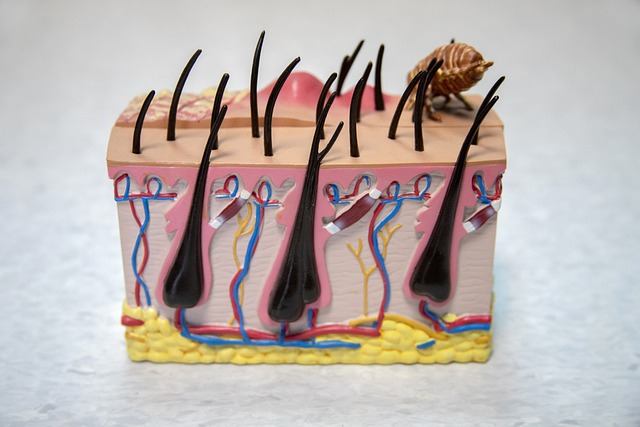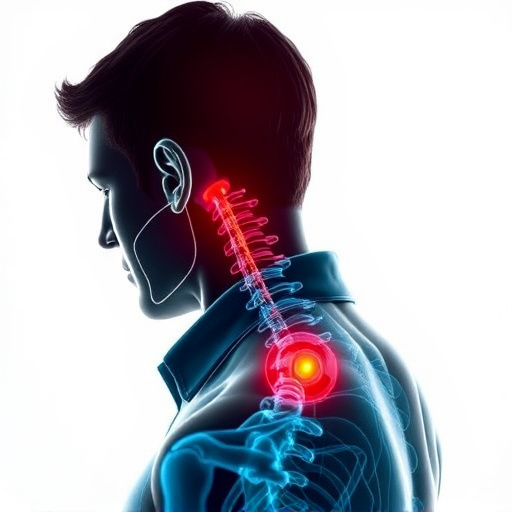Neck and back pain, caused by various factors like muscular strain, poor posture, or medical conditions, significantly impairs daily life with discomfort, reduced mobility, and decreased quality of life. Comprehensive recovery programs offer a holistic approach using exercise therapy, manual therapy, cognitive-behavioral interventions, acupuncture, chiropractic care, mindfulness, yoga, ergonomic practices, and lifestyle changes to address root causes. Personalized treatment plans, combining physical therapy, medication, and tailored routines, ensure optimal relief, accelerated recovery, and enhanced long-term wellness. Preventing recurrence involves building resilience through exercises, physical therapy, and ergonomic education, fostering a proactive approach to maintain health and avoid future discomfort.
“Experience lasting neck and back pain relief with comprehensive recovery programs—your key to successful healing. This article delves into the multifaceted approach to alleviating chronic pain, addressing its root causes and long-term effects. From understanding the impact of neck and back injuries to implementing personalized treatment plans and integrating diverse therapies, we explore strategies for optimal recovery. Learn how lifestyle modifications can prevent recurrence and build resilience, ensuring sustained well-being.”
- Understanding Neck and Back Pain: Causes and Impact
- The Role of Comprehensive Recovery Programs
- Personalized Treatment Plans for Optimal Relief
- Integrative Therapies for Long-Lasting Healing
- Lifestyle Modifications for Sustained Well-being
- Preventing Recurrence: Building Resilience and Strength
Understanding Neck and Back Pain: Causes and Impact
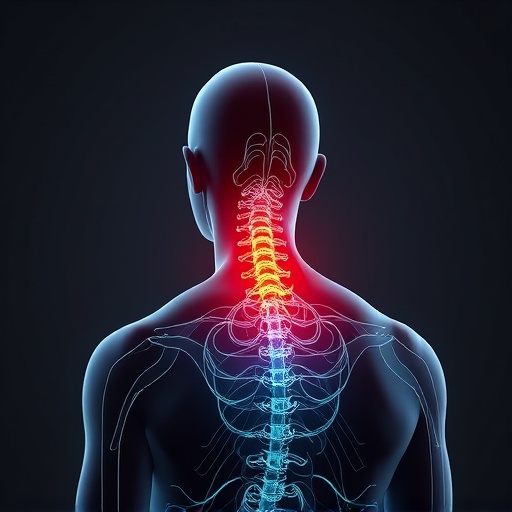
Neck and back pain is a common issue that can significantly impact an individual’s daily life. Understanding the causes and effects is crucial for effective recovery. This type of pain often arises from various factors, including muscular strain, poor posture, or underlying medical conditions such as herniated discs, arthritis, or spinal injuries. These conditions can lead to intense discomfort, limiting mobility and affecting overall quality of life.
The impact of neck and back pain is profound, hindering simple tasks like turning the head while driving or carrying everyday items. It can cause headaches, numbness, or weakness in the limbs, affecting one’s ability to work and engage in physical activities. Prompt attention and appropriate treatment are essential to achieve lasting neck and back pain relief. Effective recovery programs often involve a combination of rest, physical therapy, medication, and lifestyle adjustments to address the root causes and promote long-term healing.
The Role of Comprehensive Recovery Programs
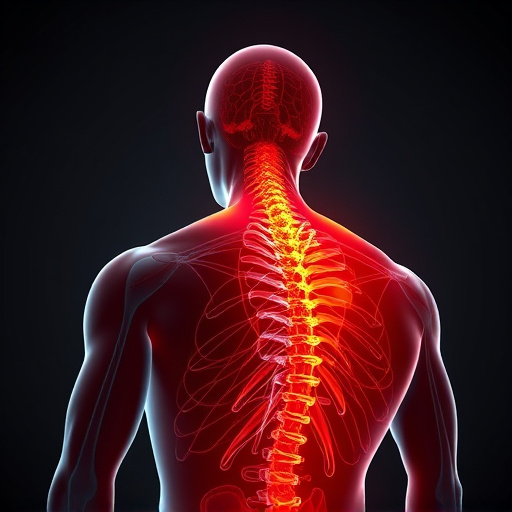
Comprehensive recovery programs play a pivotal role in managing and alleviating neck and back pain, offering a holistic approach to healing. These programs are designed to address the physical, mental, and emotional aspects of an injury, ensuring a faster and more effective recovery process. By integrating various therapeutic techniques, such as exercise therapy, manual therapy, and cognitive-behavioral interventions, these programs tackle the root causes of pain rather than merely treating symptoms.
The benefits extend beyond immediate relief; comprehensive programs foster long-term wellness by enhancing flexibility, strengthening muscles, and improving posture. They also help individuals develop coping strategies to manage chronic pain, promoting a sense of control and overall well-being. This tailored approach not only accelerates the healing journey but also empowers individuals to take an active role in their recovery, leading to improved quality of life and reduced reliance on pain medication.
Personalized Treatment Plans for Optimal Relief

In the quest for effective neck and back pain relief, personalized treatment plans are a game-changer. Every individual’s journey to recovery is unique, factoring in variables like injury type, severity, and personal health history. Therefore, tailoring treatment to fit these specific needs is paramount. Healthcare professionals design customized programs that may include physical therapy, medication management, and lifestyle modifications to address the root causes of pain.
This personalized approach ensures optimal relief, faster recovery, and long-term wellness. By targeting not just the symptoms but also the underlying issues, patients can experience significant improvements in their quality of life. This methodic strategy is particularly beneficial for managing chronic neck and back pain, offering a more sustainable solution compared to quick fixes.
Integrative Therapies for Long-Lasting Healing

Integrative therapies offer a holistic approach to healing, catering to both physical and mental well-being, which is crucial for long-lasting neck and back pain relief. These therapies combine various techniques such as acupuncture, chiropractic care, massage, mindfulness practices, and yoga to address the root causes of pain. For instance, acupuncture has been shown to reduce chronic pain by stimulating specific points in the body, while chiropractic adjustments can help realign the spine, alleviating pressure on nerves.
Mindfulness practices and yoga enhance recovery by reducing stress levels, improving flexibility, and promoting better posture. These activities encourage patients to become more attuned to their bodies, helping them recognize early signs of strain or discomfort. By integrating these diverse therapeutic methods, comprehensive recovery programs can provide personalized care that goes beyond symptom management, fostering a deeper sense of well-being and enabling individuals to regain control over their lives, free from persistent neck and back pain.
Lifestyle Modifications for Sustained Well-being
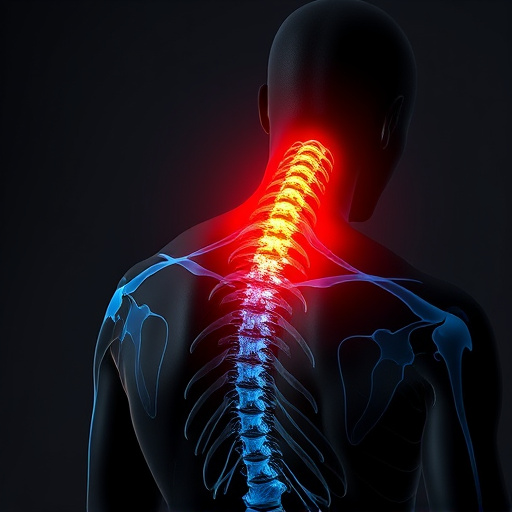
After an injury, especially involving neck or back pain, adopting a holistic approach to recovery involves significant lifestyle modifications. This includes focusing on ergonomic practices at home and work, promoting proper posture during daily activities, and incorporating regular exercise tailored for strength training and flexibility. A balanced diet rich in nutrients supports tissue repair and overall healing. Additionally, stress management techniques such as mindfulness meditation or yoga can help alleviate pain and improve mental well-being. These modifications are crucial not just for short-term recovery but for sustaining long-term well-being and preventing future injuries.
For effective neck and back pain relief, individuals must also prioritize quality sleep, aiming for 7-9 hours each night. Gradually reintroducing physical activities, starting with low-impact exercises like walking or swimming, can help restore mobility without exacerbating injuries. It’s essential to consult healthcare professionals throughout this process, who can provide personalized guidance and monitor progress, ensuring a safe and successful transition back to active living.
Preventing Recurrence: Building Resilience and Strength
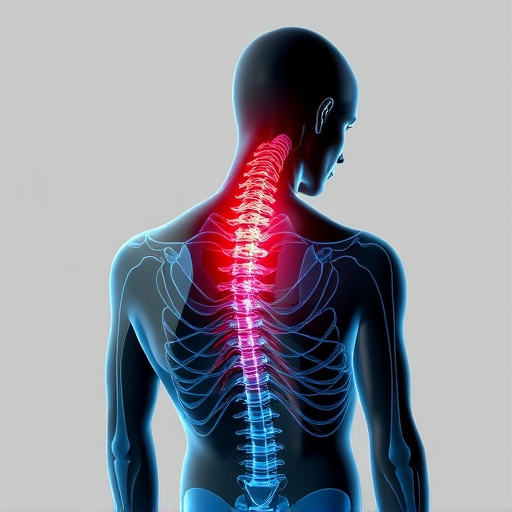
Preventing recurrence is a vital aspect of comprehensive recovery programs, focusing on building resilience and strength to avoid future injuries, especially for persistent conditions like neck and back pain relief. This involves tailored exercises and physical therapy designed to enhance flexibility, improve muscle strength, and restore proper posture. By strengthening supporting muscles and increasing mobility, individuals can better manage their bodies’ demands, reducing the risk of strain or injury.
Additionally, education plays a crucial role in preventing recurrence. Understanding the root causes of injuries and adopting proactive measures, such as ergonomic adjustments at work or during leisure activities, can significantly contribute to long-term recovery. Encouraging patients to listen to their bodies, maintain regular activity levels, and seek immediate attention for any signs of strain or discomfort are essential strategies to foster resilience and prevent recurring neck and back pain relief issues.

